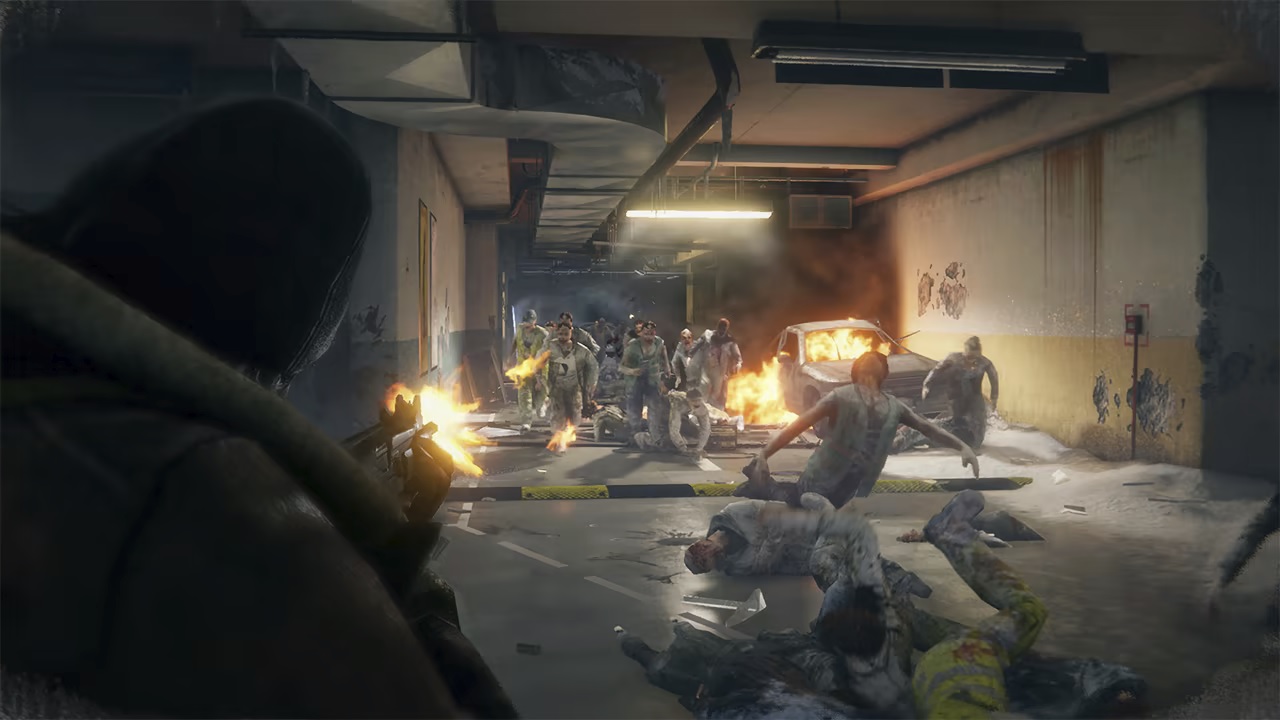The succ won't release with only a digital only model, if that exists, it will release with a physical game model too, the reason is simple: Japan. We all know Japan LOVES physical media and hasn't transitioned too much to digital for games, I believe it's related to their second hand game market, thus Nintendo will appeal to Japan by releasing a model that supports game cards. They may release a digital only system at the same time or later, or they may not.
Nintendo is a toy company, that's basically the main reason why digital won't go away, physical devices that you can market are the basics necessary in this market, that's at the core of Nintendo's business strategy and is why they are the only video game maker left with a hardware-software integrated strategy.
Given that premise which is validated to this day with things like Nintendo Labo, the Switch Lite or even Game Garage, IMO it's impossible for Nintendo to go digital only.
If physical cards are too slow, I can see Nintendo giving the option of optional installs of part of, or the entire game, to speed things up. Leaving the decision to the user may be the best thing they could do in that scenario, but they should provide more than 128GB then, otherwise it'll be a headache and we know that many games haven't come to the Switch not due to it's power, but it's small storage size and large game cards being too expensive (I guess a 64GB one will never materialize for the OG Switch).
Nintendo won't let the user decide on technical matters without putting a coat of user-friendliness around it, and they won't do it either if that means more cost just for that. Like always and already said, games don't come usually because the publisher doesn't see enough ROI with the level of proficiency (good programmers) available to make a console version.
Also, does anyone know why the ethernet speeds of the Switch are so low? Is it Nintendo servers that cap it or is it the Switch itself that cannot bear higher speeds due to some bottleneck? I remember MVG complaining about Nintendo's servers not being updated to be faster, but is that truly the case? Or is it something that a faster system would solve by removing said bottleneck?
MVG is a programmer that have no understanding of network architecture or system engineering. What he measured is not the Ethernet speed of the Switch, and he should have understood that from the start the bandwidth is capped at the CDN level, usually by design as at these levels bandwidth costs money even if you don't use it and it was the most cost effective solution for Nintendo. Nintendo do not make digital-only consoles and the digital ratio is always around 30 %, they have the numbers and the Wii U experience from which they derived the most cost-effective solution.
This still shocks me when he talked about it in Nate's latest podcast. Like...it's hard to take Nintendo seriously when they've done absolutely nothing behind the scenes to improve their online infrastructure even after all this revenue from 26m NSO subscribers.
Nintendo doesn't need to improve anything about its online infrastructure, bandwidth capping at the CDN level is actually pretty advanced network solution that involve QoS and all kind of high availability. Not capping anything is the most basic thing to do and costs more. Also, Nintendo is only one small company that only use its CDN for games related content and has to scale for that specifically, Sony is a huge company that has movies and all kind of other content to deliver and can subsidize the game delivery part with its other contracts, Microsoft has Azure of which their CDN is just a part of.
That's because Nintendo scaled its CDN contracts correctly that they can both offer a robust Online service (which is the primary goal of your CDN, being available) and a cheap price. They have no need to provide higher download speeds like 1 Gbps, I think even going the full 100 Mbps in the future will be enough.
Again, they have the numbers, and I guess most of their customers do not have a home network capable of taking advantage of higher than 100 Mbps speeds.
The video content providers bandwidth for movies or series know that too.
Sony is actually the unique provider that can maximize my download bandwidth (~800 Mbps measured) and I believe that's because they have edge nodes at the ISP, my ISP being the only other provider able to do that, and the test option on the PS5 showing ridiculously low bandwidths.






